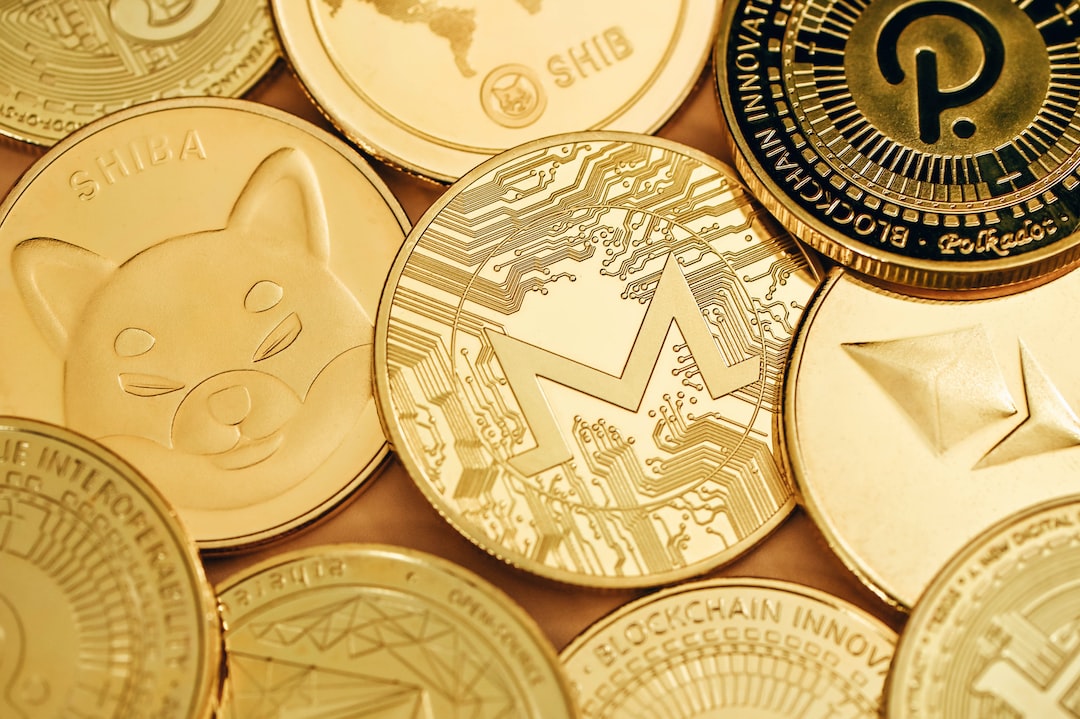Living in a globalized world, it’s becoming increasingly common for individuals and businesses to make cross-border payments. Whether it’s to pay for an overseas vacation or send funds to loved ones, currency exchange rates play a significant role in determining the cost of these transactions. Here, we’ll dive into the world of Forex (Foreign Exchange) card transfer rates, providing you with all the essential information you need to make informed decisions.

Image: www.forex.academy
What is a Forex Card?
A Forex card, also known as a multi-currency card, is a prepaid or debit card that allows you to load multiple currencies and convert them as needed when making payments or withdrawals abroad. It’s a convenient and secure alternative to carrying cash or traveler’s checks and can help save on exchange fees and markup charges compared to traditional methods.
The process of currency conversion when using a Forex card is done in real-time, using interbank rates. These rates are constantly fluctuating based on supply and demand in the Forex market. Therefore, the exchange rate you get on a Forex card can be different from the rate you see on websites or currency converters.
Understanding Forex Card Transfer Rates Live
When using a Forex card, it’s important to be aware of the two main components that determine the exchange rate you get:
-
Bank Markup: This is an additional spread or markup that banks or card issuers add to the interbank rate to make a profit. Each bank or card issuer may have different markup rates, which can vary depending on factors such as the currency and transaction amount.
-
Live Exchange Rates: The live exchange rate refers to the real-time rate at which currencies are traded on the Forex market. These rates can fluctuate rapidly throughout the day due to various economic and geopolitical factors, such as news events, central bank actions, and market sentiment.
How to Get the Best Forex Card Transfer Rates
To get the most out of your Forex card, it’s crucial to understand how to secure the best possible exchange rates. Here are a few tips:
-
Compare Rates: Before selecting a Forex card, take the time to compare the rates offered by different banks and card issuers. Consider both the bank markup and the live exchange rates.
-
Use the Card in the Right Currency: Forex cards typically charge a fixed fee for each transaction, regardless of the amount. To avoid unnecessary fees, try to use your card in the local currency of the country you’re visiting.
-
Avoid Cash Withdrawals: Using a Forex card to withdraw cash often comes with higher fees and a less favorable exchange rate compared to making direct payments. If possible, use ATMs sparingly.
-
Monitor Live Rates: The Forex market is constantly moving, and so are the exchange rates. Keep an eye on live rates to identify optimal times to make transactions.

Image: www.hdfcbank.com
Forex Card Transfer Rates Live
Conclusion
Forex card transfer rates play a vital role in cross-border payments, affecting how much you pay in exchange fees and markup charges. By understanding how Forex cards work, comparing rates, using the card wisely, and monitoring live rates, you can make informed decisions that save you money. Remember to always refer to the terms and conditions of your Forex card to avoid any unexpected costs or limitations.






